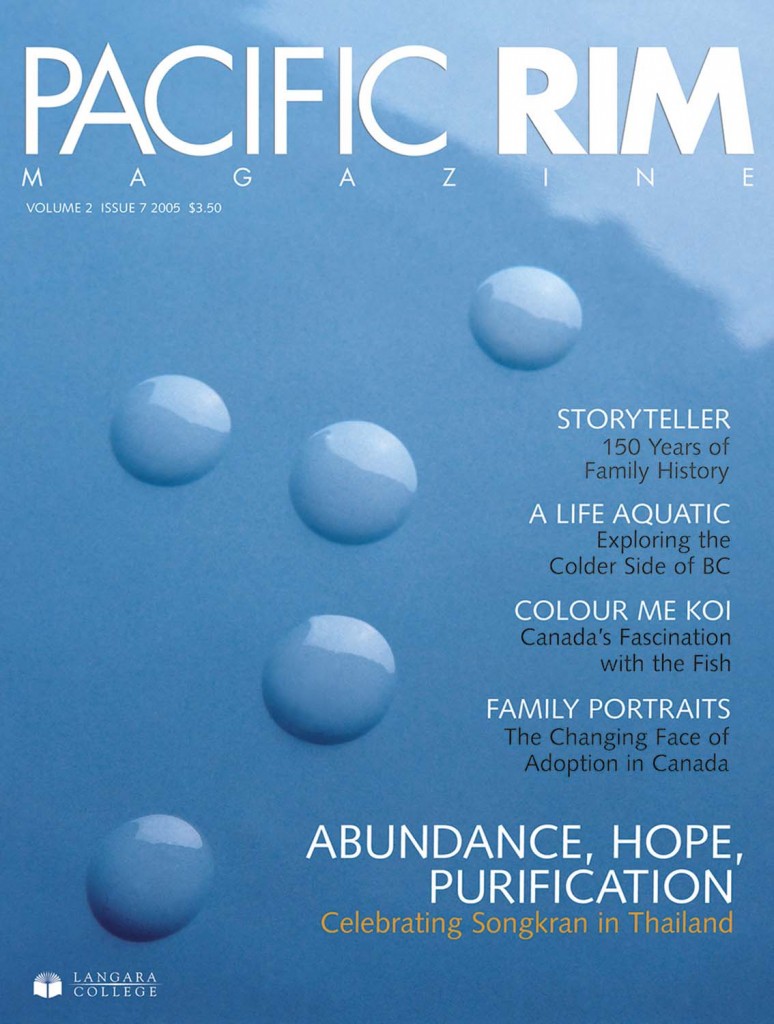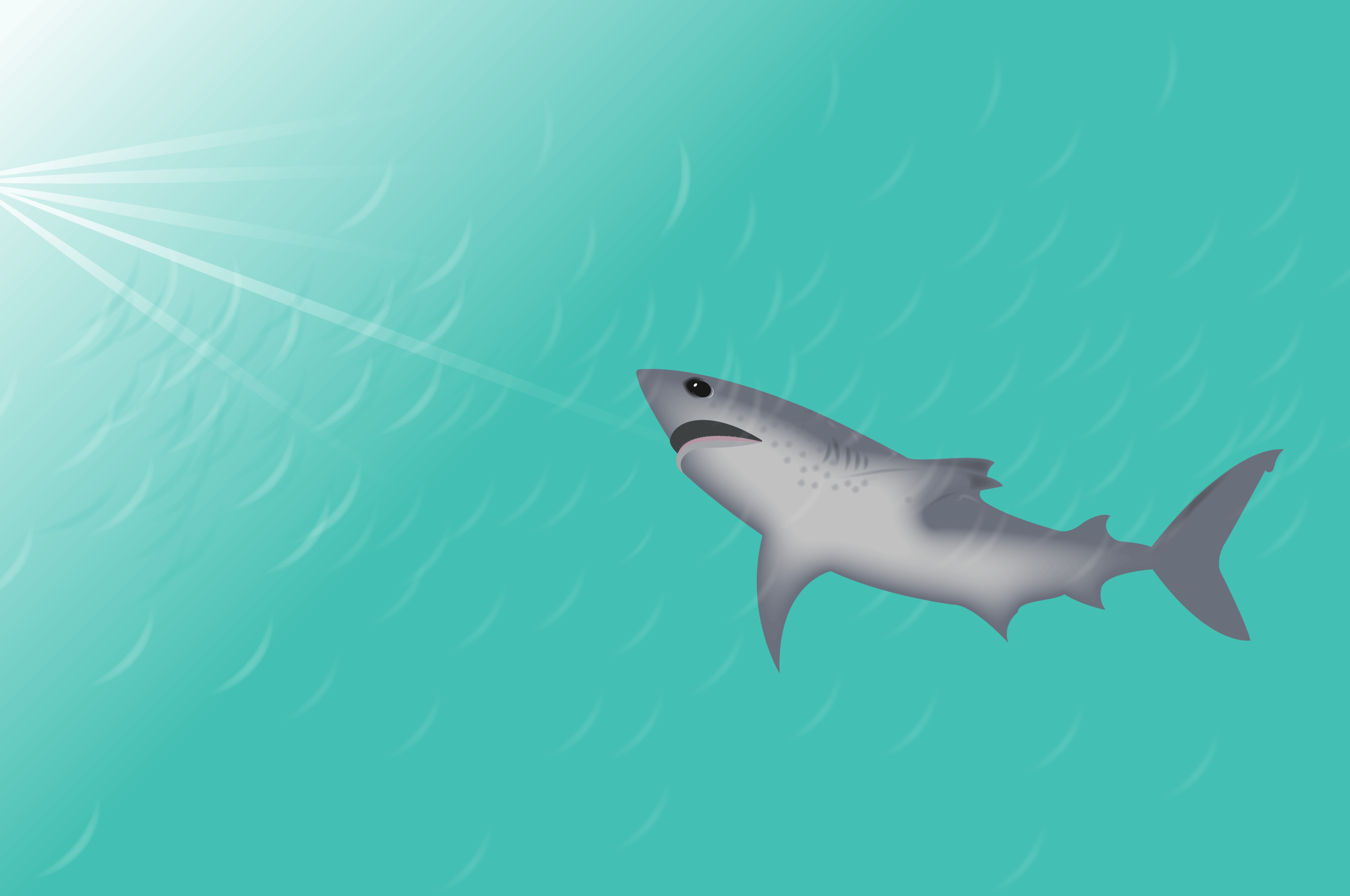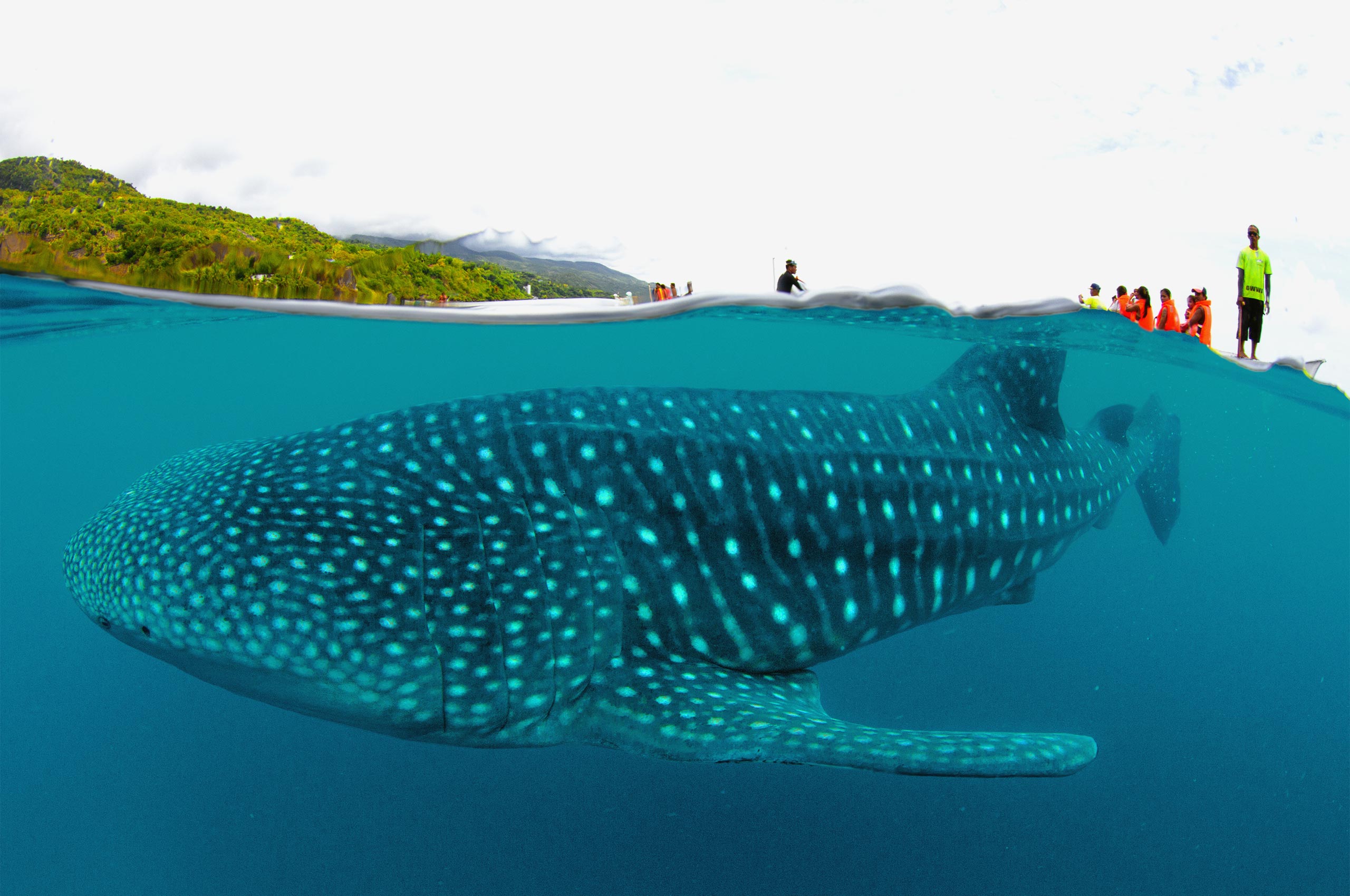Off the coast of Taiwan, a fishing boat reels in a small hammerhead shark. The shark thrashes in shock as fishermen tie it down by the dorsal fin. With several swift slices of a large knife, its fins are cut off. The fish writhes in pain, as the deck turns crimson with its blood. The fishermen untie the shark and carelessly throw it overboard. It sinks to the bottom and awaits a slow, painful death. If other predators don’t seize the opportunity for a meal, the hammerhead will flounder for hours – perhaps days – before it suffocates on the ocean floor.
Shark Fin Fishing
Needless to say, this practice has sparked widespread condemnation of shark fishing. Harvesting of shark fins and over-fishing has strained the global shark population. Although Australia, New Zealand, Canada, and the US have already banned shark-finning, the practice is still common in Southeast Asia and parts of Central and South America, while Costa Rica, Hong Kong, Singapore, and Taiwan serve as fin-trading centres. The international conservation group WildAid reports that 100 million sharks are killed each year and 8,000 tonnes of fins are shipped around the world. Despite growing public awareness and a decline in the demand for shark fins, activists stress that more still needs to be done to protect the fish.
A recent study at Dalhousie University claims that the ocean has already lost 86 per cent of its large predatory fish. The great white shark, one of the larger ocean predators, is already on the endangered species list. Unfortunately, environmentalists receive insufficient funding to study and protect this animal. Instead, money is invested in fisheries in hopes of greater profits. This overt negligence infuriates conservationists. “Shark-finning is an absolutely disgusting practice,” says Steve Campana, head of the shark research laboratory at the Bedford Institute of Oceanography. “There’s no reason to cut the fins off a shark and then throw it overboard still alive.”
The Slow Reproduction Of Sharks
Years of over-fishing have taken a toll on the global shark population and many fisheries have closed. “Some sharks grow very quickly, producing lots of young, and they can support lots of fishing,” Campana says. “Many however, grow slowly, living a long time and producing few young. It’s not so much harvesting a resource, but mining one.”
Despite the ongoing damage, Campana’s response is not to ban shark fishing completely. Instead, he advocates selective fishing practices and protection for certain species, such as the great white. “Fisheries need to try to eliminate incidental by-catch [when fish are caught unintentionally by fishing gear].”
Patrick O’Callaghan, vice president of education and conservation at the Vancouver Aquarium, is passionate about the delicate balance between sharks and fisheries. “What is clear is that for many types of sharks, the number killed far outweigh the number of baby sharks surviving to adulthood to replace them,” he says. Sharks can take up to 15 years to reproduce and this has resulted in their dwindling numbers.
Any significant damage done to a particular shark species is almost irreversible. “The lower you drive the stock, the less resilience it has to respond, even if the pressure is removed,” claims Sandy McFarland, a research scientist at Bamfield Marine Sciences Centre.
The Waste Of Harvesting Just Fins
O’Callaghan agrees. “We are at a critical point in time where personal decisions about which seafood we do or don’t eat are having a direct impact on the health of the oceans. This isn’t something that we need to be thinking about in two or five years; this is happening right now, and our decisions on things including the use of sharks is making an impact on the entire ocean.”
It’s not so much harvesting a resource, but mining one.
O’Callaghan understands the economics of the situation. A high demand for shark fins feeds the practice of shark-finning. “The same space on a fishing boat filled with just fins is currently worth hundreds of times more than a whole shark or two.” Still, the waste bothers him. “If the shark is going to be harvested, my preference would be to see all of it used: fins for soup, flesh for jerky, cartilage and teeth for tourist necklaces.”
The bounty on shark fins is high because demand is equally high. According to WildAid, China is the fastest-growing market for fins. Japan, Korea, Singapore, and Hong Kong all have large markets. Several species are hunted solely for their fins. Blues, hammerheads, and silky sharks are the most highly traded; makos, threshers, and great whites are close behind.
Shark Fin Soup
WildAid points out that while there are markets for shark by-products such as skins and oil, one item in particular uses shark fins as a measure of affluence. Shark-fin soup is a popular delicacy in Southeast Asian culture. The dish has a rich history. It first appeared in China during the Northern Sung Dynasty (907-1126 AD). Shark-fin soup became a regular item on banquet menus during the Ming Dynasty (1368-1644). Today, the dish is a delicacy, often served to impress upper-class businessmen.
To prepare the fin for soup, it must be dried, bleached, and then dried again. It is then cooked until it separates into needles of cartilage that look like clear noodles. The fin itself is virtually tasteless until the appropriate amount of chicken stock is added.
“A chef I know told me that you could easily drop a stone into the soup instead of a shark-fin and it would tastes exactly the same,” O’Callaghan says. The fact that the dish has very little nutritional value only enhances the senseless cruelty inflicted on the shark. Connoisseurs of shark-fin soup should be concerned, however. WildAid reports that one-third of shark fins contain more mercury than is considered safe for human consumption.
Shifting The Public’s Opinion Of The Shark
Although sharks are eagerly hunted, much of their lives are shrouded in mystery. Nature programs documenting sharks seem more interested in getting the perfect shot than in promoting the idea that sharks are a necessary link in the food chain. There is still much to discover about them. Indeed, a large portion of the public views sharks merely as malicious eating-machines.
“There’s no question at all that Jaws sparked it,” Campana says of Steven Spielberg’s 1975 film. Apparently, many don’t see the need to show compassion toward an intimidating predator. Campana once received an e-mail enquiring about the best strategies for fighting a great white with a knife. “There are some people who like to kill something that could eventually hurt them,” he says. The tide is changing, however. Campana says he now gets a large number of positive e-mails supporting shark conservation.
With a shift in public perception about sharks, new sympathies are arising. “Eventually people will become less afraid of sharks, and begin to think of them more as an integral part of the environment,” says a hopeful McFarland. The era of haunting imagery derived from cinema is coming to an end. People are saying “no” to shark-fin soup. The most feared predator in the sea takes on a brand-new image as a better-educated public views these giants of the deep with more compassion.











